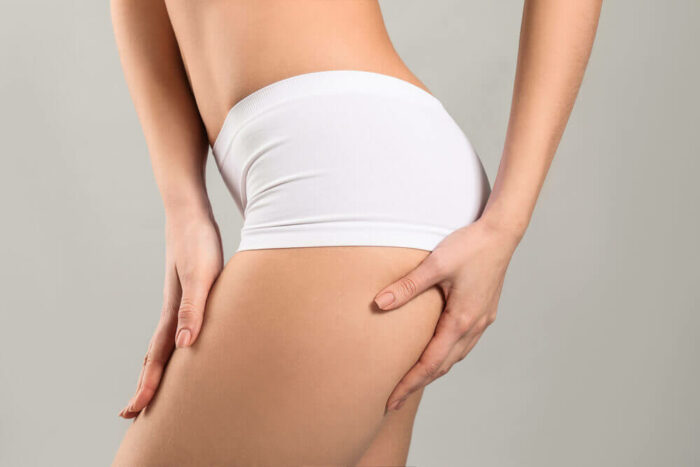
Understanding What a Lower Body Lift Is
A lower body lift is a surgical procedure designed to tighten and reshape the midsection of the body, including areas such as the abdomen, buttocks, outer thighs, and lower back. This procedure targets the removal of excess skin and helps elevate and firm the tissues underneath. The result is a smoother, more youthful-looking silhouette.
Unlike procedures that only address one area, a lower body lift treats multiple regions in one session, providing a more balanced and complete transformation. It’s especially popular among those who have experienced significant weight loss and want to address the loose skin left behind.
Who Can Benefit from a Lower Body Lift?
This procedure is ideal for individuals who are close to their healthy body weight but are struggling with skin laxity and soft tissue drooping. Whether due to natural aging or major body changes, sagging skin often doesn’t respond to exercise or diet. A lower body lift is designed for such stubborn areas, offering results that aren’t possible through non-surgical methods.
People who find themselves frustrated with excess skin that causes discomfort, difficulty with clothing, or a lack of confidence in their appearance often turn to a lower body lift to enhance their quality of life.
How the Procedure Works
During the lower body lift procedure, the skin is carefully lifted and tightened, and any excess is removed. The underlying tissues may also be adjusted to improve contour and shape. The incisions are usually made in locations that can be easily concealed by undergarments, allowing for discreet healing and long-term satisfaction.
The procedure typically requires general anesthesia and may be performed in stages or as part of a more extensive body contouring journey. Recovery is an essential part of the process, with most people gradually resuming daily activities after a few weeks, depending on their personal progress.
Long-Lasting and Visible Results
The most rewarding aspect of a lower body lift is the dramatic and long-lasting improvement in the body’s shape and firmness. Once the healing is complete, the body looks leaner and more toned. The skin feels tighter, and the natural curves are more defined.
Results from a lower body lift can last for many years, especially when supported by a stable body weight and a healthy lifestyle. It’s important to recognize that while the aging process continues, the improvements from this procedure remain noticeable and impactful.
Emotional and Psychological Benefits
Beyond the physical transformation, many individuals report a positive emotional shift after a lower body lift. Wearing fitted clothes without concern, feeling more comfortable in social settings, and regaining confidence in body image are all benefits that extend well beyond the skin’s surface.
Feeling good about one’s appearance can motivate ongoing healthy habits and positively influence mental well-being. For those who have undergone a major weight loss journey, a lower body lift often represents the final step in achieving their ideal transformation.
What to Expect During the Recovery Phase
Recovery from a lower body lift requires patience, self-care, and time. It’s common to take a break from work and strenuous activities for several weeks. Gentle walking and movement are encouraged early in the recovery phase to support circulation and healing.
Compression garments may be recommended to support the skin and tissues as they adjust to their new shape. Regular rest and hydration also play important roles in a smooth recovery. Staying in touch with your care provider and following post-procedure instructions helps ensure optimal healing.
Maintaining the Results of a Lower Body Lift
After investing in a lower body lift, maintaining the results becomes a priority. This can be achieved through consistent healthy habits, including balanced nutrition, regular physical activity, and good hydration. Avoiding rapid weight gain or loss can help preserve the tightened skin and contours achieved through the procedure.
Staying mindful of posture, core strength, and overall wellness also contributes to a long-lasting outcome. With thoughtful care, many individuals continue to enjoy the benefits of their lower body lift for many years.
Frequently Asked Questions About Lower Body Lifts
What areas are improved with a lower body lift?
A lower body lift focuses on the abdomen, waist, buttocks, hips, and thighs. It aims to remove loose skin, lift drooping tissues, and improve the overall contour of the lower torso and upper legs. The result is a more defined and tightened mid-lower section of the body.
Is a lower body lift the same as a tummy tuck?
While both procedures can target the abdominal area, a lower body lift goes beyond the scope of a tummy tuck. It includes the buttocks, outer thighs, and lower back, offering a more comprehensive transformation. A tummy tuck is often included as part of a lower body lift but doesn’t address the full circumference of the lower body.
How long does it take to see results?
Initial results may be noticeable within a few weeks after the procedure, as swelling begins to decrease. However, the final shape and contour usually become apparent over a few months as the body continues to heal and adjust. Maintaining a consistent weight helps ensure lasting results.
Can exercise alone tighten sagging skin?
While regular exercise helps tone muscles and reduce fat, it often cannot address severely sagging skin, especially after major weight loss. In such cases, a lower body lift is one of the few effective options for removing and tightening excess skin.
Will the results look natural?
Yes, when performed with precision and attention to the body’s natural shape, a lower body lift can produce very natural-looking results. The goal is not to change how someone looks entirely, but to restore and enhance their existing figure by tightening loose skin and recontouring the body.
Is the procedure permanent?
The skin that is removed does not return, and the improvements can be long-lasting. However, the skin will still age naturally. The best way to maintain the results is to avoid major fluctuations in weight and to adopt a consistent and healthy lifestyle.
When is the best time to consider a lower body lift?
The best time is when someone is at or near their desired body weight and is not planning any major body changes, such as pregnancy or further weight loss. Stability in health and body composition helps ensure the safest and most effective outcome.


